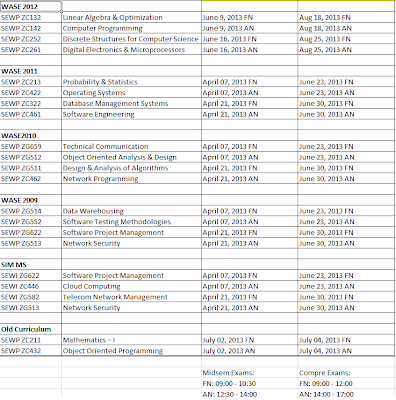TRUE-FALSE
-------------------
1. For a 16MB memory, memory location 50024 will always have a value which is greater than the value in location 5 (False)
2. All 8-bit address spaces are byte addressable (False)
3. An 8-bit register contains a value, The value 1 is written into it, the original value can still be recovered (False)
4. It is possible to have circuits that contains both P type and N type transistors (True)
5. It is possible for a 3:8 decoder to have 3 out of the eight outputs asserted. (False)
6. It is possible to have a 5 input and gate (True)
7. For a two input NAND gate, it is possible that 3 out of 4 transistors are open circuited at a given time (False)
8. The p type and n type transistors of an inverter can never both be short circuited at the same time (True)
9. Addressability of a machine can never be greater than its address space (False)
10. A function (call it *) is associative if (a*b)*c = a*(b*c). Using this definition, NAND is an associative function (False)
11. DeMorgan's Law shows that we can implement any and-or function with a nand-nand function. If the number of transisors through which a signal has to pass determines the delay of that signal, a nand-nand realisation of a function is faster than and-or realisation Hint: examine the transistor implementations of and, or, and nand. (True)
12. For a logic circuit to work as a storage element it is necessary that the ouput be fed back to the input (True).
13. If a memory has addressability of 4 bits then we need 2 bits to specify the address space (False)
15. The two outputs of a latch are always the complement of each other (True)



No comments:
Post a Comment